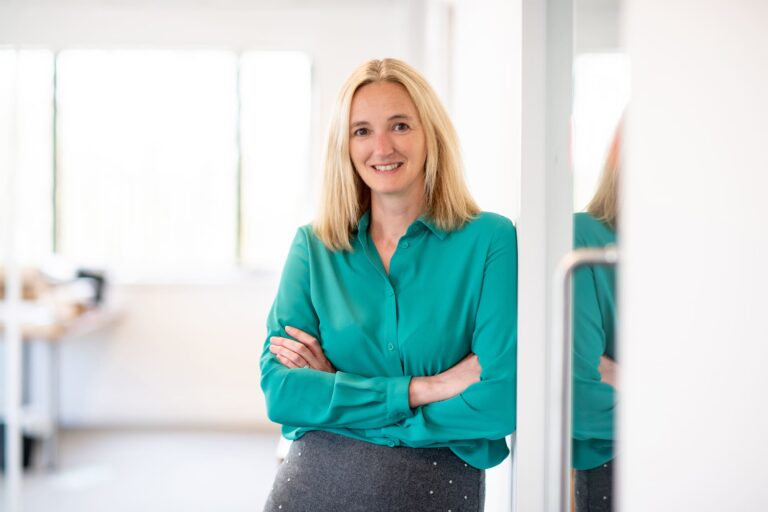We’ve known for a while that the Unified Patent Court (UPC) was getting closer to becoming a reality after a very bumpy road, but I am excited to see that is now starting to look like it will be with us sooner rather than later!
Last week, Austria finalised the parliamentary ratification procedure relating to the “PAP-Protocol”. This Protocol is secondary legislation relating to a Provisional Application Phase (PAP) of the UPC which will enable last preparations to be made before the UPC opens its doors (e.g. appointing judges and other staff, and finalising the case management IT system). Now, Austria simply needs to deposit their ratification instrument for the Provisional Application Phase to begin with immediate effect. It seems likely that this will happen in the next few weeks, with the UPC likely to become fully operational later in 2022, or in early 2023.
Now is definitely the time for everyone to start re-familiarising themselves with the relevant UPC and Unitary Patent legislation. For example, do you initially want to “opt out” your European patents from the jurisdiction of the UPC? Are you interesting in obtaining Unitary Patents in future? We will be working with our clients on these and other issues in the coming months.
On 2 December 2021, the Austrian Parliament successfully completed the ratification of the Protocol to the Agreement on a Unified Patent Court on provisional application (PPA). This is another very important step towards the start of the new system.
https://www.epo.org/news-events/news/2021/20211203a.html


